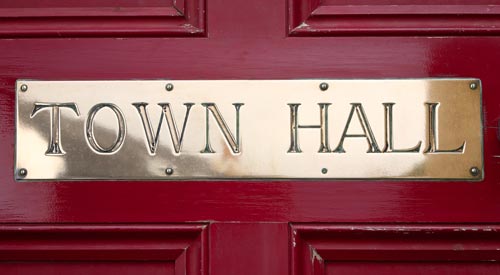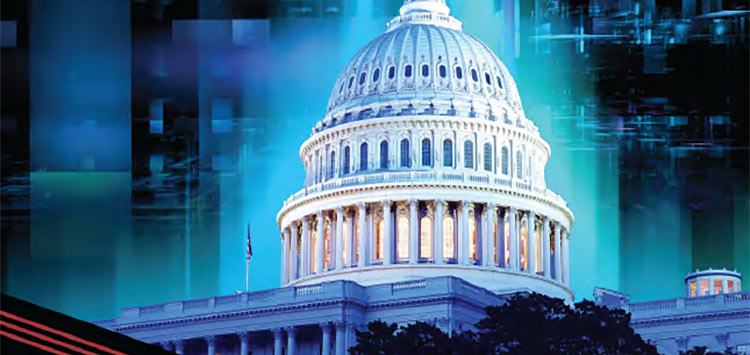The number that tells us the economy might be doomed
The Washington Post: Here is a math problem for the Federal Reserve: What is 3.25 minus 5?
The answer, despite what you might think, isn't -1.75. It's that it doesn't matter what it is as long as it's much less than zero. Why is that? Because, as we'll get to in a minute, this tells us where interest rates are probably going to end up the next time there's a recession, except that this can't be too far into negative territory. Think about it like this: rates can't be much less than zero, since people would just turn their bank deposits that were "paying" them a negative amount—aka costing them money—into cash that wouldn't pay them anything, but at least wouldn't cost them anything either. And that's a lot worse than it sounds. It means the Fed won't always be able to give the economy the interest rates it "needs." Instead, the Fed will have to print money or promise not to raise rates for a long time. These things work, but not quite as well as good, old-fashioned interest rate cuts, which is why we'd like to avoid having to use them if at all possible.
Tags
Share
Top Stories
- Closing the Digital Divide in Government: 5 Strategies for Digital Transformation
- IT leaders take note: The future is what you create
- 2023: The Year of Modern Government
- 5 Things Holding Innovation Back at the IRS
- That Time the Federal Government Was Ruled By Czars
- Inflation Costs Present Both Barrier, Opportunity For Contractors In 2023
- Top 9 challenges IT leaders will face in 2023
- NASA overspent $15 million on unused Oracle licenses as it failed to track usage
- Women Bring Skills – and Face Different Challenges – in Government
- Library of Congress Looks to Spend up to $450M on IT and Software Contract Work
- GAO: Agencies Need to Conduct Cyber Risk Assessments of IoT, OT Devices in Critical Infrastructure Sectors
- The White House Charts a Course for Open Government
- Here Are the Major Takeaways From the $1.7 Trillion Omnibus Spending Bill
- Recent Hiring Reforms Are Already Working, Federal HR Leaders Say
- Ukraine Tech Chief: Cloud Migration ‘Saved Ukrainian Government and Economy’
- State Department unveils $10B enterprise IT services solicitation
i360Gov Newsletters
The most significant government policy, business, and technology news and analysis delivered to your inbox.
Subscribe NowTrending
- FINRA CIO Steve Randich pushes the public cloud forward
- The Challenge of Modernizing the Civil Service
- FITARA scorecard sees 7 agencies increase their marks amid cyber methodology changes
- New report warns of growing 'data divide'
- Tech Wanted: Government Calls on Industry to Help with Net-Zero Carbon Buildings
- IT leaders uplift women to fill tech talent gaps
- The present and future of FedRAMP
- CISA director looking for 'unlikely' partnerships in cyber fight


















